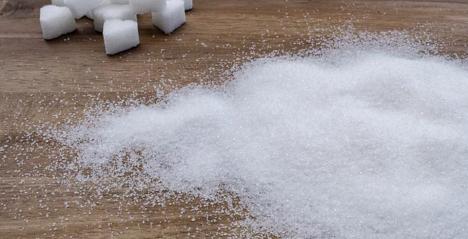Jaundice in newborn babies, also known as neonatal jaundice, is a common condition characterized by yellowing of the skin and eyes. It occurs due to an accumulation of bilirubin, a yellow pigment produced during the breakdown of red blood cells.
Jaundice in newborns is very common and prompt management and treatment plays a crucial role here. Here we bring to you comprehensive insights into the primary causes, symptoms and management of jaundice in newborn babies:
Types and Causes of Jaundice in Newborns
Physiological jaundice: This is the most common type of jaundice newborn babies suffer from. It typically occurs within the first few days of life (Mishra, S., Agarwal, R., Deorari, A.K. and Paul, V.K., 2008. Jaundice in the newborns. The Indian Journal of Pediatrics, 75, pp.157-163). It is caused by the normal physiological process of the baby's liver adjusting to the breakdown and elimination of red blood cells.
Breastfeeding : In some cases, inadequate intake of breast milk can contribute to jaundice in newborn babies. Insufficient feeding may result in dehydration and decreased bowel movements, leading to elevated bilirubin levels.
Breast milk jaundice: Certain components in breast milk can interfere with the baby's liver function, resulting in higher levels of bilirubin. This type of jaundice usually appears one week after birth and can persist for several weeks.
Blood type incompatibility: Incompatibility between the blood types of the mother and baby, such as Rh or ABO incompatibility, can cause jaundice in newborns. The mother's antibodies can cross the placenta and attack the baby's red blood cells, leading to increased bilirubin production.
Symptoms of Jaundice in Newborn Babies
The main symptom of jaundice in newborn babies is yellowing of the skin and eyes. Other possible signs and symptoms may include:
- Yellowing of the palms and soles
- Dark urine
- Pale-colored stools
- Poor feeding or sucking
- Irritability or excessive sleepiness
- High-pitched crying
- Poor weight gain
- Lethargy or decreased activity
Management of jaundice in newborns
The management of jaundice in newborn babies depends on the underlying cause and the severity of the condition. Some common approaches to managing jaundice in newborn babies may include the following:
Observation and monitoring: In cases of physiological jaundice, mild jaundice or jaundice that appears after the first week of life, close observation may be sufficient. Regular monitoring of bilirubin levels through blood tests is important to ensure they are within a safe range (Rennie, J., Burman-Roy, S. and Murphy, M.S., 2010. Neonatal jaundice: summary of NICE guidance. Bmj, 340).
Phototherapy: Phototherapy involves exposing the baby's skin to special blue lights that help break down the excess bilirubin. This treatment is often used for moderate to severe jaundice in newborn babies. The baby may need to be undressed and placed under the lights while wearing protective eye patches. For more insights related to the treatment of newborn jaundice, follow DocTube.
Feeding support: Encouraging frequent breastfeeding or formula feeding helps eliminate bilirubin through the baby's stools. Adequate hydration and nutrition are essential for effective treatment of jaundice.
Exchange transfusion: In rare cases of severe jaundice or when other treatments are ineffective, an exchange transfusion may be performed (Bujandric, N. and Grujic, J., 2016. Exchange transfusion for severe neonatal hyperbilirubinemia: 17 years experience from Vojvodina, Serbia. Indian Journal of Hematology and Blood Transfusion, 32, pp.208-214). This involves replacing a portion of the baby's blood with donor blood to lower bilirubin levels.
It is important to consult a healthcare professional if a baby shows signs of jaundice. They can evaluate the severity and underlying cause of jaundice and recommend the appropriate management approach. Regular follow-up visits and monitoring are usually recommended to ensure that the baby’s bilirubin levels return to normal.









